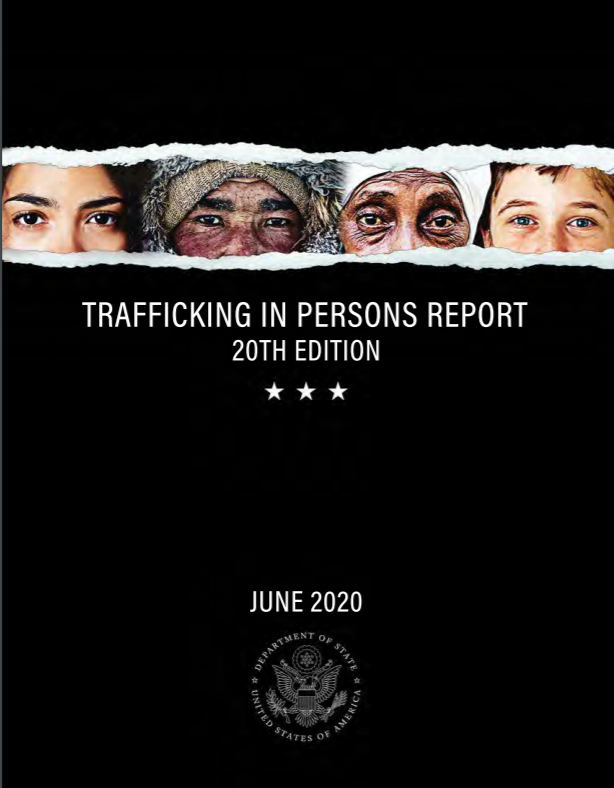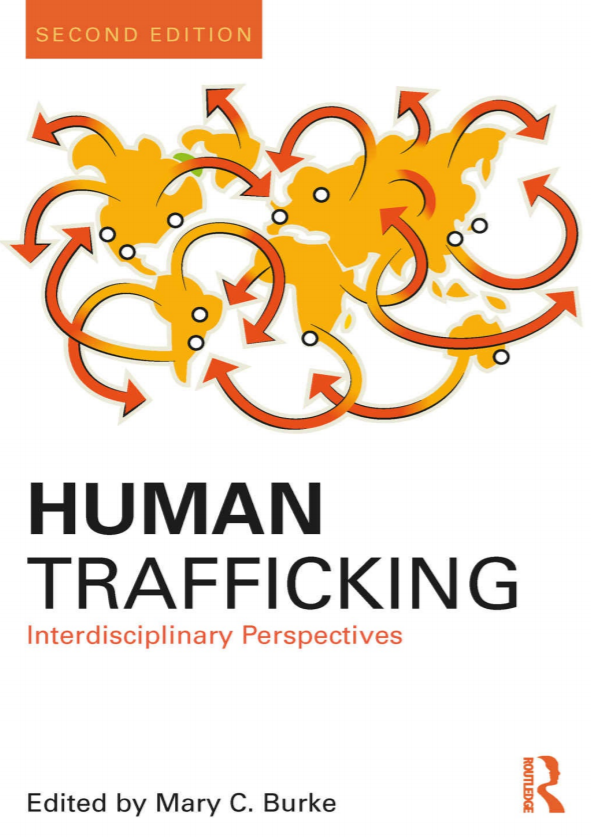Trafficking in Persons Report 20th Edition

This year, the TIP Report looks into the evolution of the report itself over the past 20 years. Since the passage of the Trafficking Victims Protection Act (TVPA) in 2000, we have faced many challenges as a global community, and the TIP Report has been produced throughout all of them. As we now launch this 20th anniversary report in the midst of the COVID-19 emergency, we are making it clear: neither terrorism nor financial crisis nor a pandemic will stop us from pursuing freedom for victims. As we have continued our work during the COVID-19 pandemic, traffickers have continued as well. Traffickers did not shut down. They continue to harm people, finding ways to innovate and even capitalize on the chaos. The ratio between risk and reward is expanding in their favor. And so, we press on all the more. As the vulnerable become more vulnerable, we remain resolved in our pursuit of freedom for every victim of human trafficking and accountability for every trafficker.
Country
Worldwide
Region
Worldwide
Year
2020
Topics








